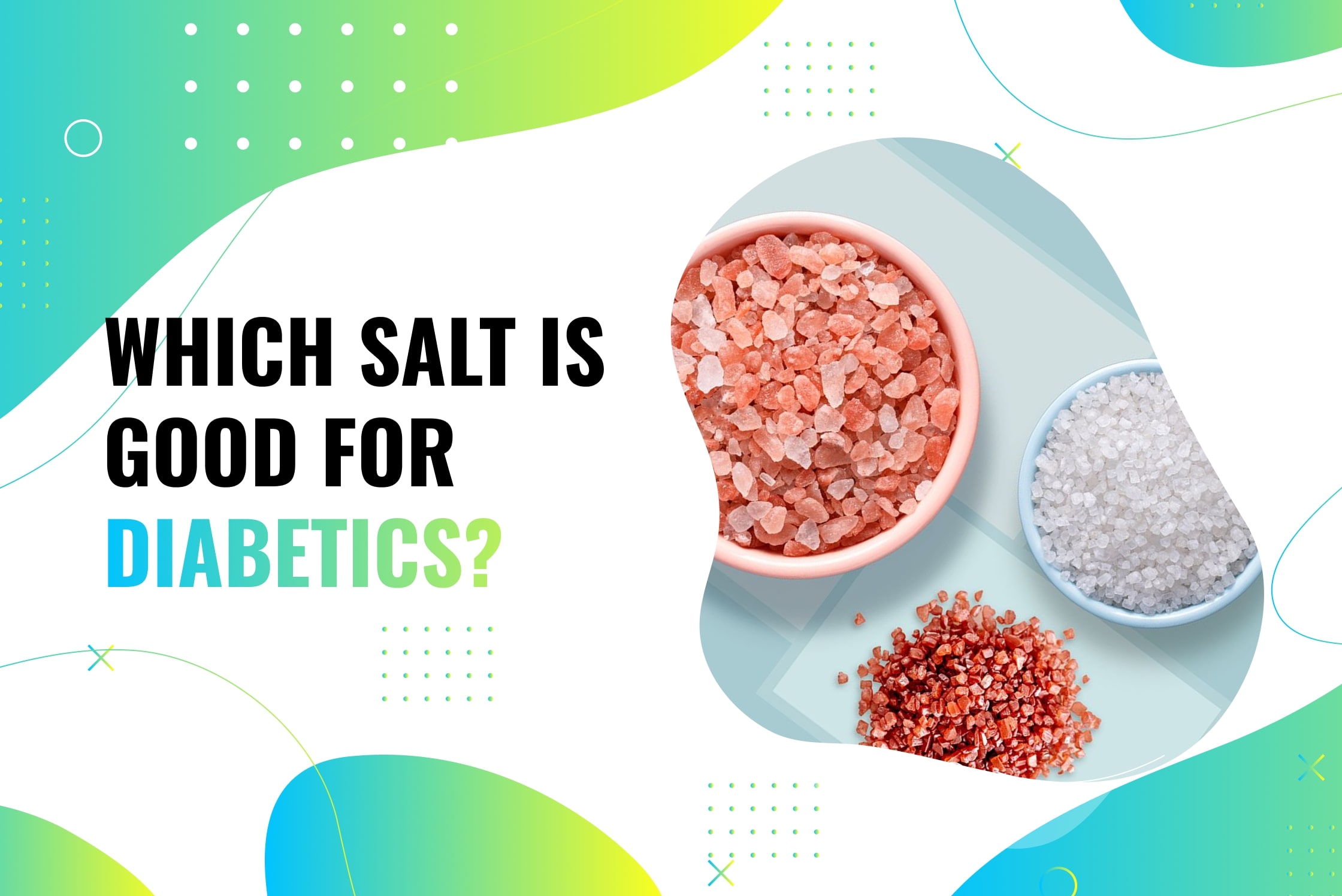Which Salt Is Good For diabetics?
For those of us with diabetes, salt is a seemingly simple ingredient that we may take for granted. The truth is – choosing the right type of salt has the potential to be life-changing.
When it comes to choosing the right type of salt, diabetics should opt for low-sodium options such as Himalayan pink salt or sea salt. These types of salt contain minerals that are beneficial for the body and have a lower sodium content compared to regular table salt, which can lead to high blood pressure and increase the risk of heart disease – a common complication for people with diabetes.
If you are dealing with diabetics, it’s worth taking some time to understand what types of salts health benefits and which ones have will do more harm than good.
In this blog post, we’ll explore why these specific salt should be the one you use in your meals.
Why Is Salt Important for Diabetics?
Diabetics looking to effectively manage their condition need look no further than the saltshaker – adding a few extra dashes of salt to meals can have remarkable effects.
Salt helps maintain important fluid levels, regulate blood sugar and reduce stress hormones that damage muscles in those suffering from diabetes.
Studies show this simple dietary tweak has been found provide improved biochemical benefits for diabetics seeking better health outcomes overall.
Which Salt Is Good for Diabetics?
For those living with diabetes, choosing the right type of salt is vital for ensuring that their management of the disease is effective.
While salt is often taken for granted as a simple ingredient, it can have life-changing effects for those suffering from the condition.
For diabetics, opting for low-sodium options like Himalayan pink salt or sea salt is essential as they contain minerals that are beneficial for the body, while also having a lower sodium content compared to regular table salt.
Unlike overly processed table salt, unrefined sea salt is harvested directly from the sea, and thus, retains high levels of beneficial minerals that can improve overall health.
These minerals include essential electrolytes like magnesium, potassium, and calcium, which help regulate fluid balance in the body – a crucial consideration for those with diabetes. Studies have also indicated that consuming unrefined sea salt can improve insulin sensitivity, which is a key factor in managing blood sugar levels.
The benefits of unrefined sea salt do not end there. It has been shown that unrefined sea salt also helps to reduce inflammation and oxidative stress, both of which can exacerbate complications associated with diabetes.
By reducing levels of cortisol – a stress hormone that can cause muscle wasting in diabetic patients – unrefined sea salt can help to protect against muscle loss, which is a common problem faced by individuals living with the disease.
The Recommended Amount of Salt To Consume Daily For Diabetics
When it comes to managing diabetes, controlling the amount of salt in your diet is an essential factor.
While there is no set amount of sodium that needs to be consumed specifically for those with diabetes, it is recommended that you limit your daily consumption to under 2,300 milligrams, according to the American Diabetes Association.
Too much salt increases blood pressure and also affects kidneys which diabetics are particularly vulnerable to. Finding low-sodium alternatives or using less salt when cooking can help reduce sodium intake and manage diabetes more effectively.
Ultimately, a healthy diet for those with diabetes should take into account a balanced mix of carbohydrates, proteins and fats as well as monitoring the amount of salt taken in on a daily basis.
Tips On Reducing Sodium Levels in Food While Maintaining Flavor
Reducing sodium can be tricky. It requires a careful balance between flavor and health. Many people assume that reducing sodium levels means sacrificing flavor, but that isn’t necessarily true.
There are numerous tricks and tips to reduce sodium in food while still keeping the flavor intact. One of the most important things is to switch out certain high-sodium ingredients for low-sodium alternatives like lemon juice or herbs.
Additionally, one can supplement salt with other flavorful ingredients such as garlic powder or onion powder.
To further reduce sodium, always check nutrition labels and compare products before deciding what to buy. Lastly, try not to add extra salt when cooking; adding spice or vinegar instead could increase the flavour without boosting your salt intake.
Taking small steps like these will help you reduce sodium levels while maintaining a delicious meal.
Alternatives To Using Salt For Flavoring Your Meals
For those looking to reduce their salt intake, there are countless great-tasting alternatives. Herbs like basil, sage and thyme offer fragrant and flavorful accents that pair well with many foods, while spices like cinnamon and nutmeg can bring a unique sweetness to dishes.
Additional options for cooking without the use of salt include garlic and onions, which provide a distinct zing to a variety of meals.
Those seeking out other bold flavors can also consider using acid sources such as lemon juice or vinegar, along with traditional condiments like ketchup, hot sauce, and soy or BBQ sauces.
With these various combinations available from pantry staples, home cooks can discover a whole world of flavor without having to rely on the shaker for seasoning.
Conclusion
In conclusion, it is essential for diabetics to monitor their salt intake and use low-sodium alternatives when possible.
However, there are plenty of flavorful substitutions available such as herbs, spices, garlic and onions that can help reduce sodium levels without sacrificing taste. By making small changes like these in your diet you will be able to enjoy delicious meals while keeping your health a priority.





